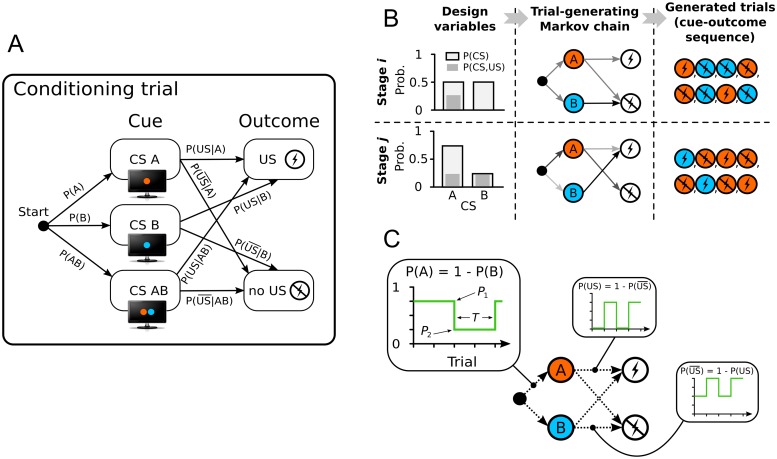Fig 2. Formalizing and parameterizing the structure of classical conditioning experiments.
(A) A conditioning trial can be represented as a Markov chain, parameterized by the probabilities of presenting different cues (e.g., colored shapes), and transition probabilities from cues to outcomes (e.g., delivery of shock vs. shock omission). (B) Stage-wise parameterization of conditioning experiments. Trials in each stage are generated by a Markov chain with constant transition probabilities. The transition probabilities of each stage are tunable design variables. (C) Periodic parameterization. The transition probabilities in the Markov chain are determined by square-periodic functions of time (i.e., trial number). The design variables are the two levels of the periodic function and its half-period.

